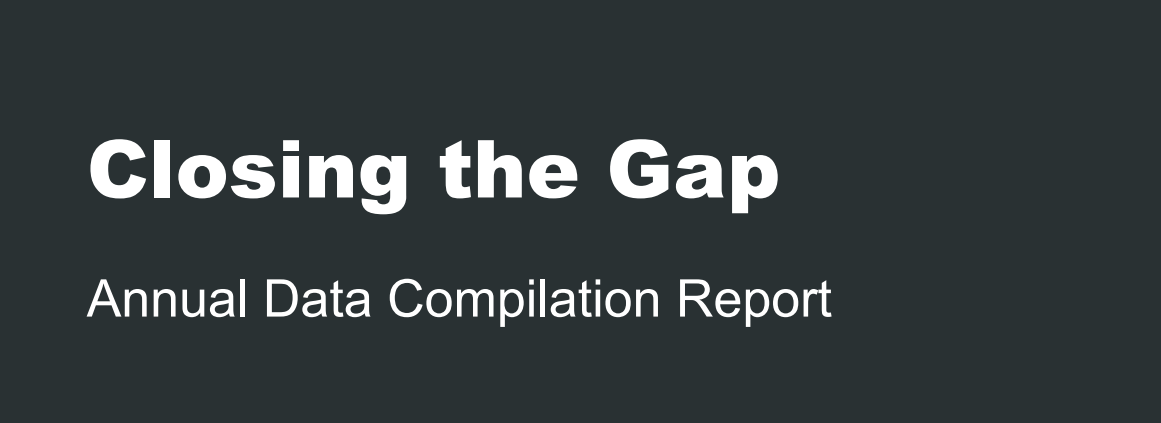New data reveals failure to close the gap on Indigenous suicide rate
Content warning: This media release mentions suicide, removal of children and incarceration. Please take the utmost care when reading or sharing these figures and provide appropriate resources, including Yarning Safe N Strong (1800 959 563) and Lifeline (13 11 14).
SUICIDE IS NOW THE LEADING CAUSE OF DEATH FOR ABORIGINAL PEOPLE AGED BETWEEN 15-39 YEARS ACCORDING TO THE 2024 CLOSING THE GAP ANNUAL DATA COMPILATION REPORT.
The report, which was released yesterday (31 July) by the Productivity Commission, unearthed alarming figures that we are not only not on track to close the gap, but that there is urgent need for further investment in Aboriginal social and emotional wellbeing (SEWB) services.
Concerningly, suicide rates are higher in 2024 than the baseline in 2018. In 2022, 29.9/100,000 Aboriginal or Torres Strait Islander people took their own life, with the rate 3.3 times higher for Aboriginal men.
Aboriginal Community Controlled Organisations (ACCOs) across the state require urgent and adequate funding to build capacity so that they can deliver culturally safe, holistic services in their local areas to turn this around.
VAHS is deeply concerned to see worsening outcomes for Aboriginal SEWB, the removal of children and a higher incarceration rate compared with non-Indigenous people.
Victorian Aboriginal children are removed from their families at almost double the national rate.
The impacts removals have on Communities are devastating, causing ongoing grief and trauma for Aboriginal families. Aboriginal mothers are living in fear that the system will take their children, which creates a barrier to seeking health treatment and SEWB support.
More Aboriginal people are being imprisoned nationally than in the baseline year; most of those people have underlying health and SEWB needs.
The report sheds no light on the rates of family violence experienced by Aboriginal people nationally, nor in Victoria. However, ACCOs and Aboriginal Community Controlled Health Organisations (ACCHOs) working on the ground know that the numbers are tragically high, with most Aboriginal women and children who experience family violence being harmed by non-Indigenous perpetrators.
Without data, there is no transparency or accountability when it comes to closing the gap on family violence. VAHS sees how family violence impacts on the health and wellbeing of Aboriginal women and children, and on entire communities. Local ACCHOs have a key role to play in identifying, supporting, and healing Aboriginal people experiencing family violence within their communities.
The positive news coming out of this year’s data is that more Aboriginal children are being born with a healthy birthweight, nationally, and in Victoria, and this target is on track to be met.
This is because of the great work done by local ACCOs across the state, working together to improve Aboriginal mothers’ access to antenatal care. ACCHOs like VAHS’ Paediatric Clinic provide culturally safe services, so mothers will feel safe to access antenatal care. Racism and the fear of child removal play a significant role in preventing Aboriginal women from accessing paediatric services. This makes programs like VAHS’s Paediatric Clinic, and Mothers and Boorais program even more necessary.
The success in increasing birthweights shows that when ACCOs are resourced to support communities we can improve outcomes and close the gap. The gaps in SEWB, child protection, and justice aren’t closing because not enough local ACCOS are adequately funded to do what we were all set up by our communities to do, take care of Mob.
Health and SEWB are the foundation upon which we can make progress against all the other targets, but a holistic response is required. This is what the Aboriginal Community Controlled sector does best.
Urgent funding is needed for local ACCOs across the state who all play a role in a coordinated effort to improve health and SEWB, keep mothers’ and children safe and together, and to keep Aboriginal people out of the justice system.
SUPPORTING DATA
- VAHS sees overwhelming demand for SEWB and mental health support within our community. 16% of client contacts related to SEWB in 2022-2023.
- In the first half of 2024, VAHS’s Yarning Safe ‘N’ Strong received 1,292 phone calls.
- In 2023 102.9 out of 1000 Aboriginal children were removed in Victoria compared to 4.6 out of 1000 non-Indigenous children (Productivity Commission Annual Data Compilation Report).
- In 2022, 42.6% of Aboriginal people entering prison had a mental health disorder, 71% used illicit substances, and 27.9% have a family history of incarceration (Productivity Commission Annual Data Compilation Report).
QUOTES ATTRIBUTABLE TO MICHAEL GRAHAM, CEO VAHS
“VAHS is devastated and frustrated by the findings uncovered in the Closing the Gap report, particularly in relation to the Aboriginal and Torres Strait Islander suicide rate.
“These are our loved ones, our kin, our mob dying. It proves that the status quo is not working. Governments cannot look away from the 2024 report and must back their commitment to closing the gap by providing urgent funding in local Community Controlled health, anti-racism and culturally safe services.
“I don’t want to read next year’s report and see the numbers continue to go up. We’ve had a royal commission into mental health, we’ve got the closing the gap data clearly showing this is an urgent need – how many ways does government need to hear it before they finally listen to what Aboriginal communities want?
“We want holistic and culturally safe social and emotionally wellbeing support services in community, by community, for community. At VAHS we know our programs and services work because we have millennia of knowledge and experience telling us that Aboriginal people are healthy and well when they are connected to culture, community and Country. Everything we do is based on this.”
MEDIA ENQUIRIES
For media enquiries and further information, please contact Brad Pearce on 0409 959 861 or email brad.pearce@vahs.org.au



Leave a Reply
Want to join the discussion?Feel free to contribute!